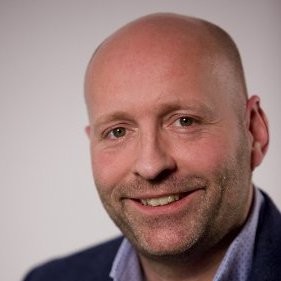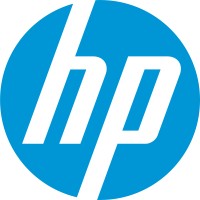“If we are always taking a detection based approach [and] trying to spot things that are bad, they’re always kind of going to be behind the game because it’s just a case of how quickly you can catch up and update your model of what is bad to then be able to block it.”
Even though detection is well-intentioned, it ends up being a losing security strategy because, by its very nature, it is responsive. But organizations and individuals need to have proactive security measures that keep their systems and devices safe. Dr. Ian Pratt, the Global Head of Security for Personal Systems at HP, describes how virtual machines can mitigate inevitable threats. He also shares about his way into the security sector.
Key Insights
How Can Security Be More Robust With So Much Hybrid/Remote Work? (05:21)
“And it really should be the case that the security of your device shouldn’t be dependent on the security of the network it’s connected to. We want the devices to be autonomous [and] able to defend themselves. And so if there was a problem on the home network, it shouldn’t be an issue if we’ve got things set up correctly.”
Virtual Machines — The Terminology Is Interesting, but What Are They? (15:12)
“For example, one of the things which I’ve spent quite a lot of time over the last few years looking at is how you can use virtualization, such that, when you click to open an email attachment or something like that, you create a virtual machine. You perform that operation within the virtual machine. And it’s transparent from an end user point of view, but that virtual machine is going to have access to just the resources that are needed for that task and no more.”
According to Dr. Pratt, virtual machines can be created and then discarded when their task is finished; therefore, this allows any threat to be thrown away too. It’s an interesting strategy to accept the inevitability of malicious attacks and then simply create a throw-away machine to mitigate the damage. Beyond the cybersecurity industry, what other arenas can this concept apply?
What Is the Typical Flow of Tech Security Solutions? (20:50)
“There’s always a trickle down of technology in security. It starts with the people that have the biggest problem which is always government aerospace defense, and then trickles down to finance, mainstream enterprise, SMB, and then consumer. That’s the way these things always flow.”
How Did an Interest in Tech and Systems Launch Pratt’s Career? (24:05)
“I mean I always like taking things apart and learning how they work and as soon as I got my hands on a computer, I was interested in how it worked [and] what the split was between the hardware and the software. And I think that’s where there’s a lot of interesting things that you can do on that hardware software divide.”
It seems like Pratt is suggesting that between that “hardware software divide” is a bridge that he has lived on throughout his career. Operating within seeming tensions is typically a good place for creativity because connections can be formed between supposed opposites that may lead to new possibilities.
About the Guest:
BiO: “Ian Pratt is currently Global Head of Security for Personal Systems at HP Inc. He heads a new security business unit that is building on HP’s strengths in hardware, systems software, ML/AI, and ability to deploy at massive scale, to create industry-leading endpoint security solutions that are deployed on millions of machines and used by some of the most security-conscious organizations in the world.
Ian was Co-Founder and President/CEO at Bromium, where he is focused on the continued rapid growth of the business through delivering the superb security provided by Bromium’s products to mainstream Enterprises. He previously led the team that created the innovative technology behind Bromium’s products. He is also Chairman Emeritus of The Xen Project, the organization that leads development of the open source Xen hypervisor.
He co-founded the Xen project in 2001, and has played a key role in both the architecture of Xen and the formation of industry partnerships that led to the emergence of Xen as the leading open source virtualization technology, used in millions of servers around the world and a key technology behind “cloud computing”.
Ian was co-founder and Chief Scientist of XenSource, which built enterprise-class virtualization products based on Xen and was acquired by Citrix in 2007 for $500M. He served for over three years as VP of Advanced Products at Citrix, and was a CTO panel member. He was the technical and business driving force behind the creation of innovative new products and technologies such as XenClient. .
He was previously a member of Senior faculty at the University of Cambridge Computer Laboratory, where he led Systems Research for almost 10 years. Ian was also a founder of Nemesys Research, acquired by FORE Systems, and has consulted widely in the technology industry. He holds a PhD in Computer Science, and was elected a Fellow of Kings College in 1996. He is a Fellow of the Royal Academy of Engineering and was awarded the society’s Silver Medal in 2009.
Specialties: computer architecture, security, networking, operating systems, virtualization, open source, engineering leadership”
IT Visionaries is powered by The Salesforce Platform. If this episode makes you want to go deeper into the data security world, check out Salesforce.com/datasecurity and download the IT Guide to Data Security and Governance to learn how to protect your customer data with Salesforce Security Portfolio.
Mission.org is a media studio producing content for world-class clients. Learn more at mission.org.




